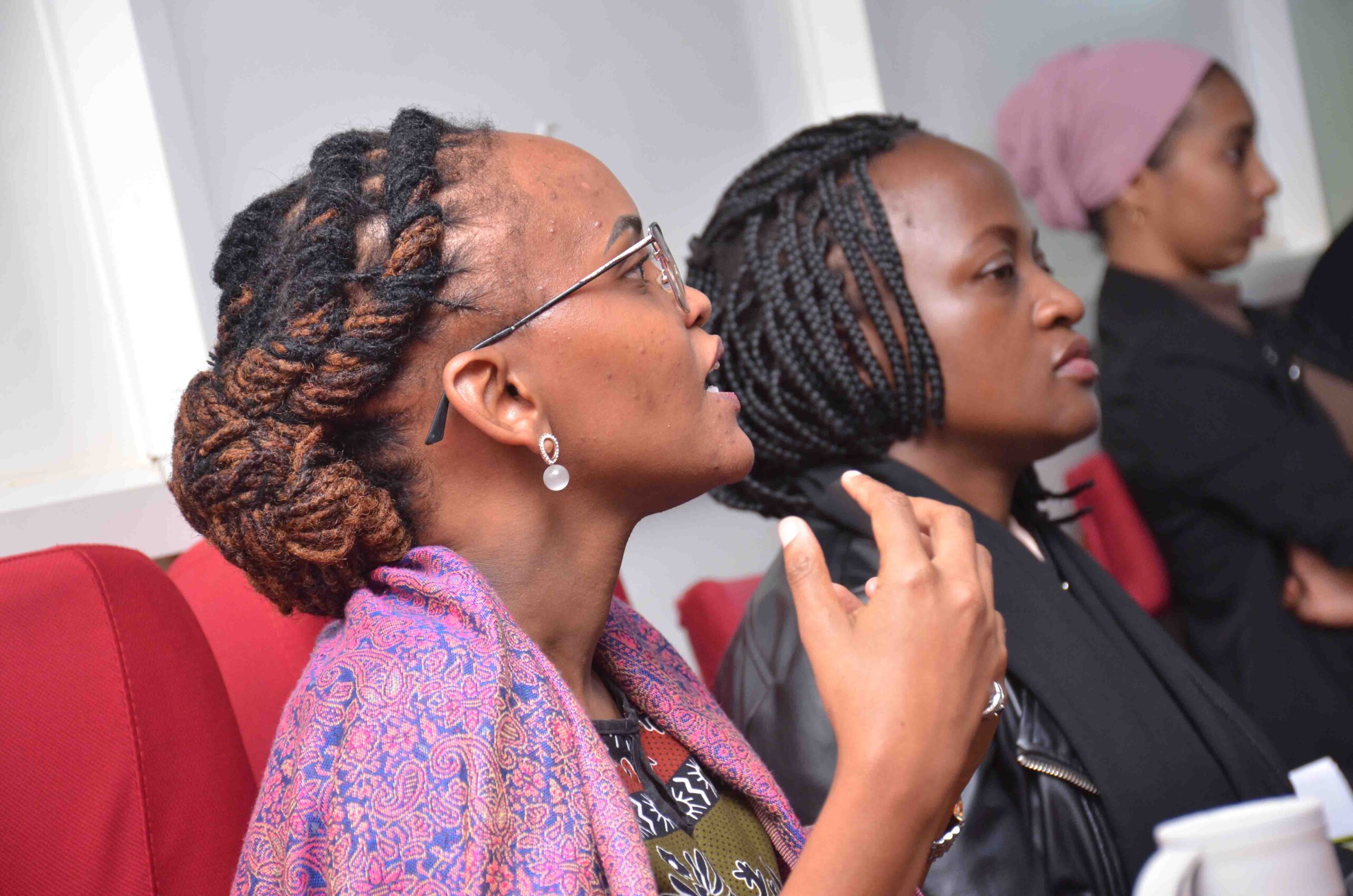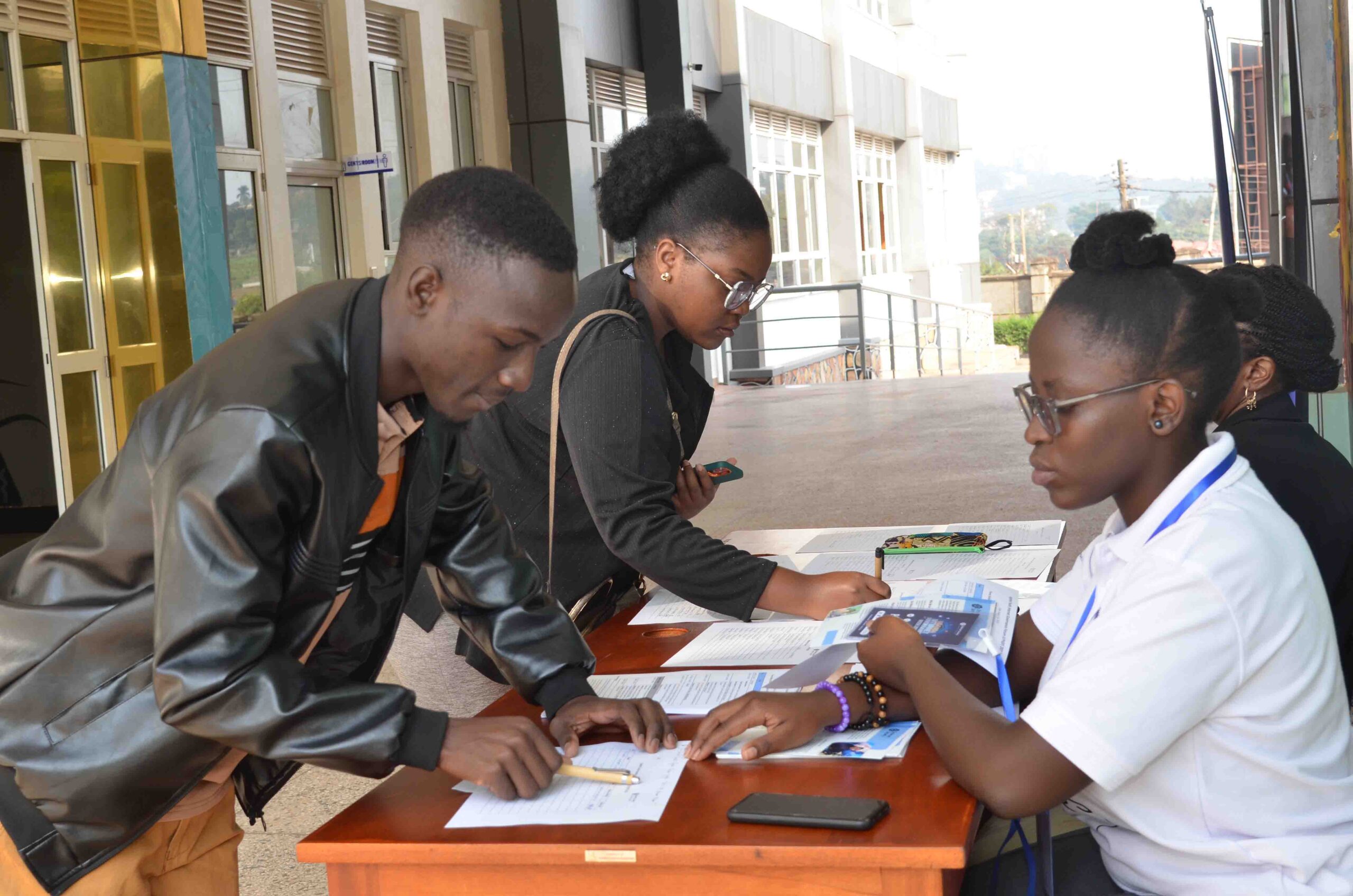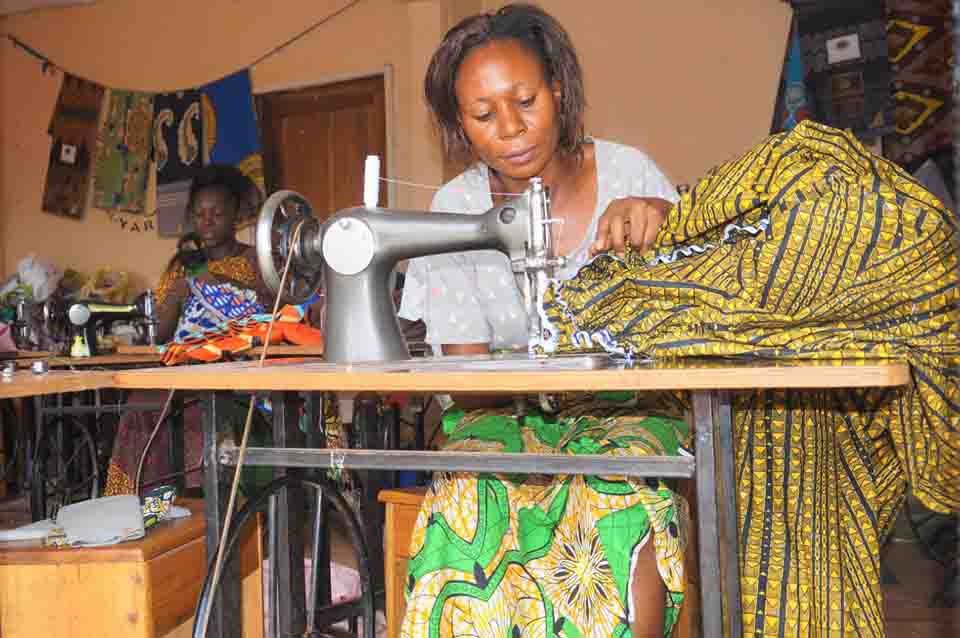The Evolving Role of Women in Leadership in Uganda: Challenges and Opportunities
Robinah Nabbanja; Uganda's Premier takes the mantle of women leadership
In recent years, Uganda has witnessed a significant increase in the number of women stepping into leadership roles across various sectors. From politics to business and civil society, women are increasingly taking the reins and contributing to the nation’s development. However, while progress has been made, numerous challenges persist, hindering the full potential of women in leadership positions.
Current Landscape of Women’s Leadership in Uganda
Uganda’s commitment to gender equality is evident in its policies and legislative framework. The country’s constitution, alongside several laws, emphasizes the importance of gender equality in leadership. For instance, the introduction of affirmative action policies has ensured that women are represented in Parliament and other decision-making bodies. Notably, women occupy critical positions, such as the Vice Presidency and key ministerial roles. Women are also making their mark in the private sector, leading organizations and enterprises that contribute significantly to Uganda’s economy.
However, despite these achievements, the representation of women in leadership remains uneven, particularly in rural areas where traditional gender roles are more deeply entrenched. The majority of leadership positions are still dominated by men, and women in these roles often face cultural resistance and systemic barriers that limit their effectiveness and advancement.
Challenges Faced by Women Leaders
- Cultural and Societal Norms: One of the most significant barriers to women’s leadership in Uganda is the persistence of traditional gender norms. In many communities, leadership is still perceived as a male domain, and women who aspire to leadership roles are often met with skepticism and resistance. These cultural attitudes not only discourage women from pursuing leadership positions but also undermine the authority of those who do succeed in attaining them.
- Limited Access to Education and Mentorship: Educational attainment and mentorship are crucial for leadership development, yet many women in Uganda, particularly in rural areas, lack access to these resources. While urban women may benefit from better education and networking opportunities, their rural counterparts often struggle with high illiteracy rates and limited exposure to leadership training. This disparity creates a significant gap in the leadership pipeline, with fewer women from rural areas rising to prominent positions.
- Systemic Biases: Gender biases in recruitment and promotion processes continue to hinder women’s leadership. Women are often overlooked for leadership roles due to preconceived notions about their capabilities or because they do not fit the traditional mold of a leader. Moreover, when women do ascend to leadership positions, they are frequently paid less than their male counterparts and are given less authority, further perpetuating gender inequality in leadership.
- Gender-Based Violence (GBV): Women in leadership are also vulnerable to various forms of gender-based violence, including harassment, intimidation, and even physical violence. These threats not only deter women from seeking leadership roles but also create a hostile environment that can undermine their effectiveness and well-being. The risk of GBV is particularly acute for young women and those who challenge the status quo in male-dominated sectors.
Opportunities for Advancing Women’s Leadership
Despite these challenges, several initiatives are helping to pave the way for greater female leadership in Uganda. Organizations like ours and other women organisations are working to empower women through education, mentorship, and advocacy. These programs aim to equip women with the skills and knowledge needed to succeed in leadership roles and to challenge the cultural and systemic barriers that stand in their way.
Moreover, there is growing recognition of the value that women bring to leadership. Women’s leadership styles, often characterized by inclusivity, empathy, and collaboration, are increasingly seen as assets in addressing complex challenges. As more women enter leadership positions, they are setting new standards for leadership that emphasize equity, sustainability, and community engagement.
Overall, the participation of women in leadership in Uganda is on an upward trajectory, but the journey is far from over. To realize the full potential of women’s leadership, it is essential to continue breaking down the barriers that prevent women from rising to and thriving in leadership roles. This requires not only policy changes and educational initiatives but also a shift in societal attitudes toward gender roles. By fostering a more inclusive and supportive environment for women leaders, Uganda can harness the diverse perspectives and talents of all its citizens, driving progress and development for the entire nation.
The future of leadership in Uganda is one where women play an equal and transformative role, shaping the country’s path forward.
This piece was written by Dr. Eliezah Titus Busonga. Dr. Busonga is the Founder of efiug and a community actor with over 20 years of leadership, and community development experience.



